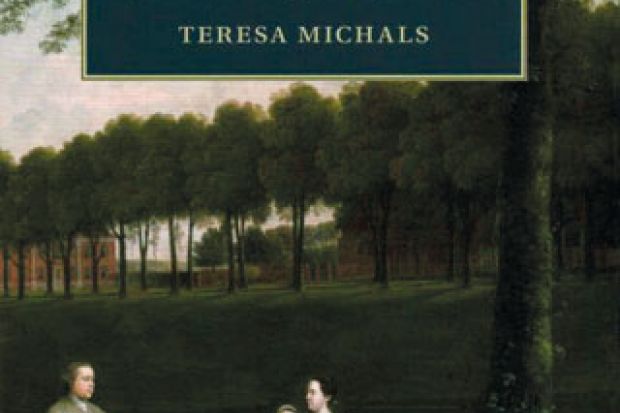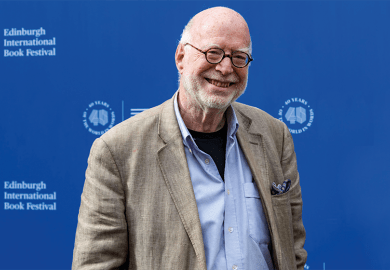Not long ago – in 2008 to be precise – the media were abuzz with the debate over “age banding”, the proposal by some publishing houses to market books for young readers according to clearly defined age categories. Prominent authors associated with books for children, including Philip Pullman (who launched the website NoToAgeBanding.org), Terry Pratchett and J. K. Rowling, spoke vehemently against this marketing initiative, arguing that while teachers, librarians and booksellers might recommend the suitability of a book for any given reader, the books themselves ought not to announce an age-defined readership. In essence, the writers argued for the kind of mixed-age audience for fiction that was assumed at the beginnings of the British novel.
In Books for Children, Books for Adults, Teresa Michals traces the roots of the novel’s long history of readership differentiation by age, from the early 18th century to the beginning of the 20th, but with a twist: rather than assuming a stable and constant category of adulthood against which our notion of childhood evolved and changed, Michals argues instead that the history of the novel is better understood in terms of a similarly unstable concept of the adult self: “While we may imagine that children’s literature was an offshoot of literary forms intended for adult readers, that is not the case. Rather, the opposite is true.” Modernist writers including Henry James and D. H. Lawrence, Michals suggests, transformed the novel in response to “the rise of adulthood as a demographic category”. Such a shift in thinking was necessary to emancipate the novel from the lingering universalised family readership beloved of the Victorians in order to claim the novel for a recognisably adult reader who brought different needs and experiences to the text.
Michals uses the term “age levelling” rather than age banding to describe the evolving process of thinking about readership in terms of specific chronological markers. I must confess I found this terminology counter-intuitive and a recurrent annoyance in an otherwise fine study. While perhaps for readers from a social science or gaming background the idea of “levelling” as the production or attainment of different levels rather than their elimination makes sense, to those for whom “levellers” are inevitably associated with the erasure of hierarchies, “levelling” must similarly signal the removal rather than the establishment of divisions.
That aside, Michals’ study offers a significant addition to the familiar story of “the rise of the novel” by extending the usual narrative regarding its development. Most readers are familiar with publisher John Newbery and the emergence of fiction designed specifically for a juvenile audience based on a new understanding of childhood as a defined stage of emotional and psychological growth. Where Michals’ analysis charts new territory is in its suggestion that the real revolution in age-specific fiction came at the beginning of the 20th century with the construction of a specifically adult reader that freed novelists such as James and Lawrence to write fiction that was “aesthetically excellent, ethically complex, sexually explicit”.
Books for Children, Books for Adults: Age and the Novel from Defoe to James
By Teresa Michals
Cambridge University Press, 284pp, £60.00
ISBN 9781107048546
Published 6 March 2014
Register to continue
Why register?
- Registration is free and only takes a moment
- Once registered, you can read 3 articles a month
- Sign up for our newsletter
Subscribe
Or subscribe for unlimited access to:
- Unlimited access to news, views, insights & reviews
- Digital editions
- Digital access to THE’s university and college rankings analysis
Already registered or a current subscriber? Login





